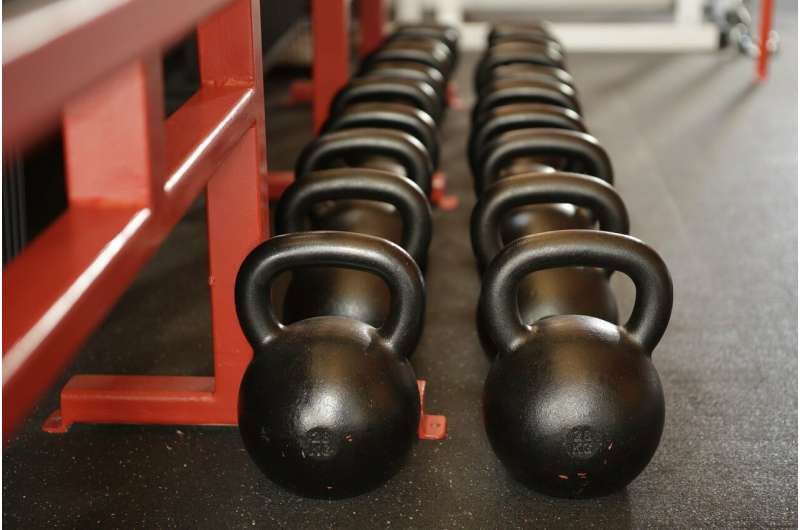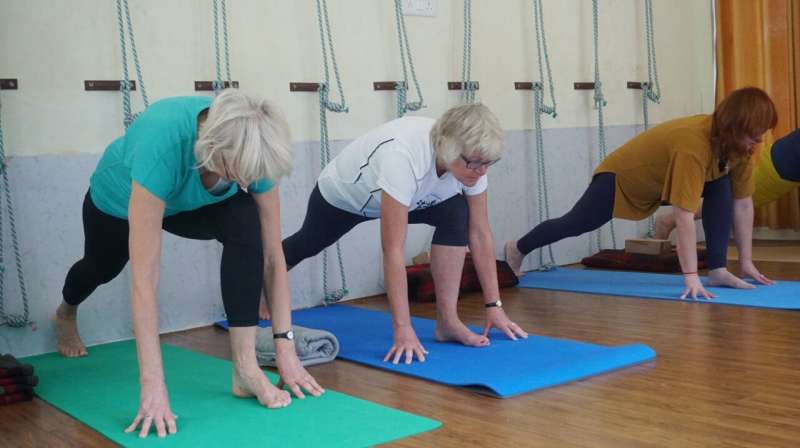Using Traditional Japanese Samurai Practices to Boost Leg Strength in Seniors

A simple, ancient Japanese practice inspired by Samurai traditions can significantly improve leg strength in seniors, promoting better mobility and independence.
As individuals age, maintaining muscle strength becomes increasingly important to prevent falls, injuries, and preserve independence. While strength training is effective, not everyone has the time, resources, or desire to engage in regular gym workouts. Recent research from Tohoku University suggests a simple, equipment-free routine inspired by ancient Japanese Samurai traditions, specifically the practice of Rei-ho, could be an effective alternative.
Rei-ho emphasizes slow, controlled movements during everyday actions such as sitting, standing, and walking. A study published in the Tohoku Journal of Experimental Medicine demonstrated that just five minutes of Rei-ho-based exercises four or more days a week for three months led to an average 25.9% increase in knee extension strength among participants. In contrast, the control group, which continued their normal routines, showed only minimal improvements.
The routine involves specific sit-to-stand movements and controlled squats that mimic traditional Samurai etiquette, requiring no equipment and easily integrable into daily life. This approach is especially valuable in modern society where traditional lifestyles like sitting in seiza or using squat toilets are declining, but maintaining leg strength remains crucial.
Dr. Ryoichi Nagatomi and his team designed the routine to be accessible and sustainable, emphasizing slow, deliberate movements that strengthen leg muscles, particularly the knee extension—a key indicator of mobility and daily functioning. Experts believe that such simple interventions can help older adults preserve their independence and reduce fall risk.
Interestingly, these findings highlight that cultural practices like Rei-ho can have practical health benefits, offering a meaningful way to stay physically active without special equipment or extensive time commitments. As Professor Akira Sato notes, this ancient Japanese tradition can be enjoyed even outside Japan, providing a unique cultural experience alongside health benefits.
In summary, incorporating Rei-ho techniques into daily routines offers a promising, easy way to enhance lower body strength in seniors, supporting healthier aging and improved quality of life.
Source: https://medicalxpress.com/news/2025-09-traditional-japanese-samurai-daily-behavior.html
Stay Updated with Mia's Feed
Get the latest health & wellness insights delivered straight to your inbox.
Related Articles
Is 7,000 Steps a Day Sufficient for Good Health? Insights from Recent Research
Recent research suggests that walking 7,000 steps daily offers significant health benefits, reducing risks for chronic diseases and increasing longevity. Learn how achievable step goals can improve your health.
Optimal Workout Order Revealed: Cardio Before or After Weightlifting?
Recent research reveals that performing weight training before cardio enhances fat loss and daily activity. Discover which workout order maximizes your fitness results based on scientific findings.
The Role of Exercise in Restoring Cardiac Energy Balance in Heart Failure
Discover how tailored exercise programs can restore energy balance in the heart, improve mitochondrial function, and potentially slow heart failure progression. Learn about the metabolic benefits of physical activity for cardiovascular health.
Why the Viral Kettlebell Challenge Might Be More Harmful Than Beneficial
Discover the potential risks of the trending 100 kettlebell swings a day challenge and learn safer, more effective ways to incorporate kettlebells into your fitness routine.



